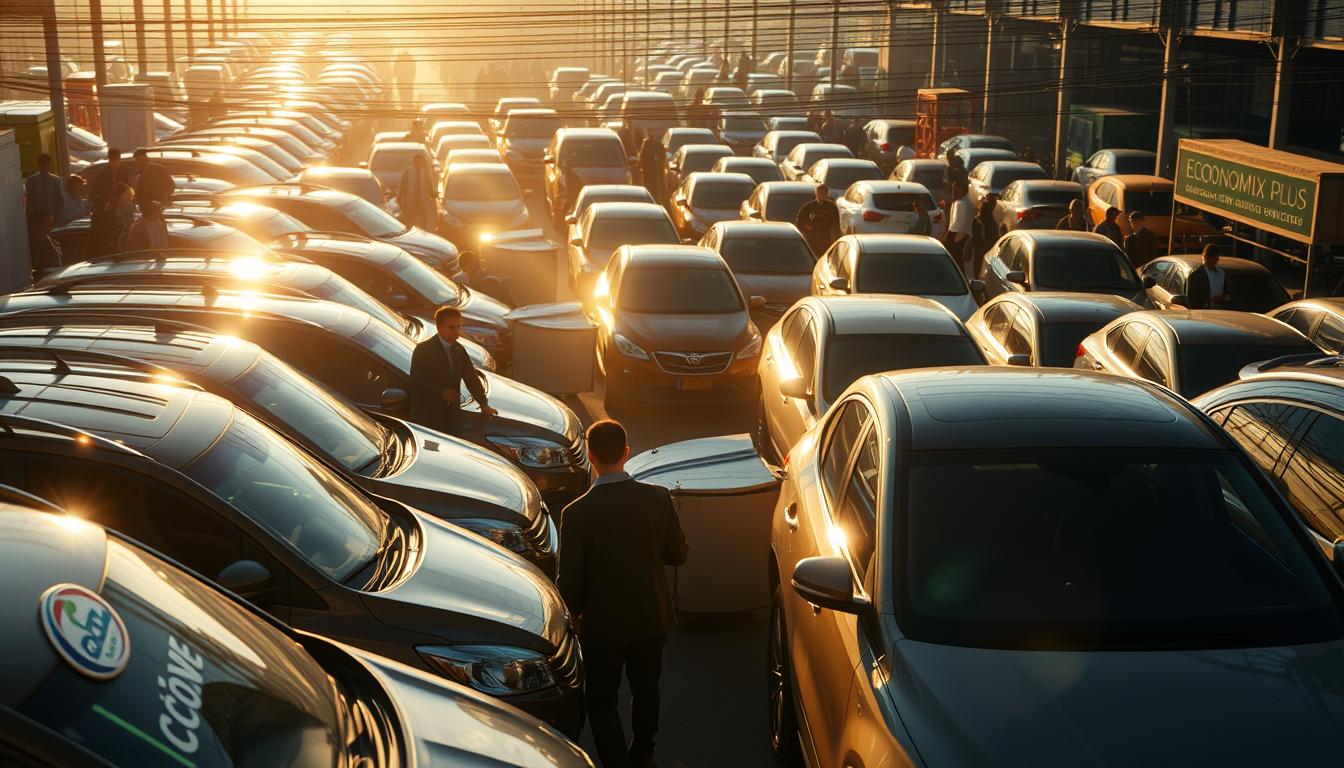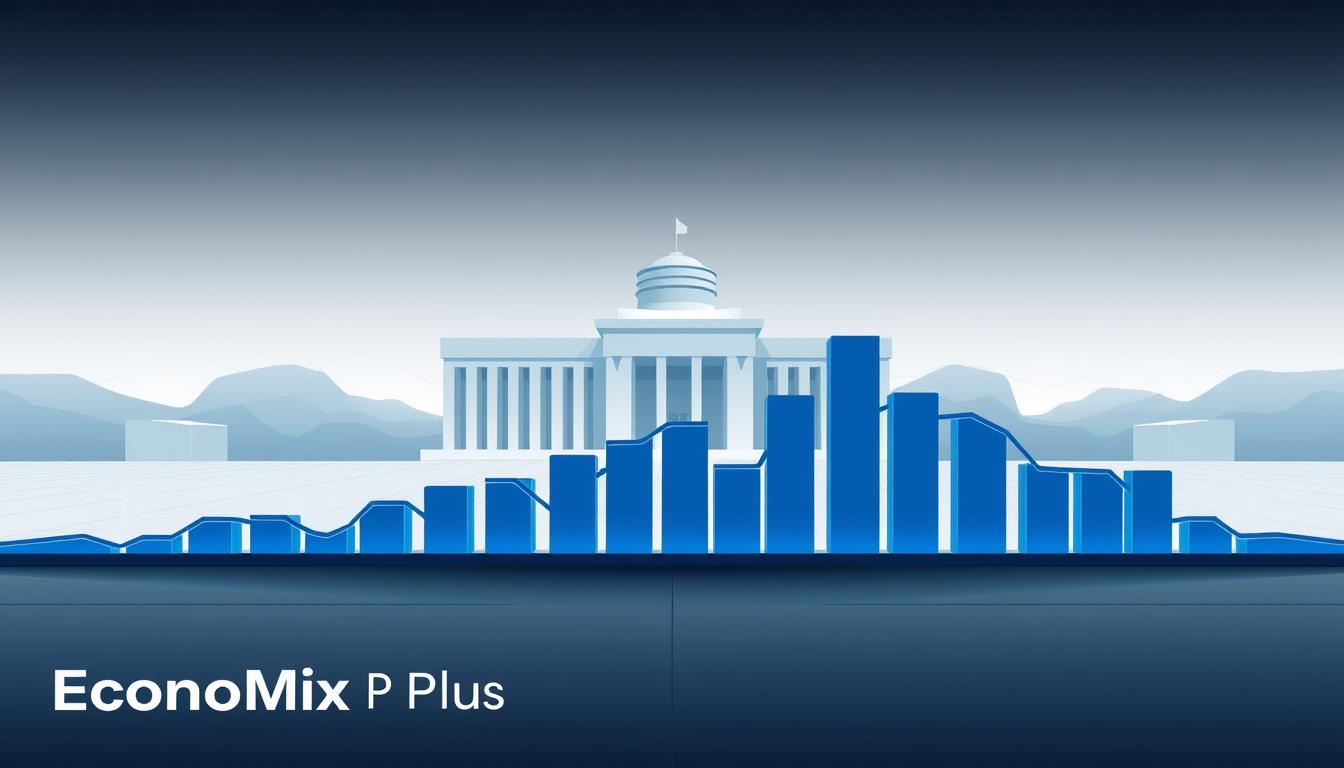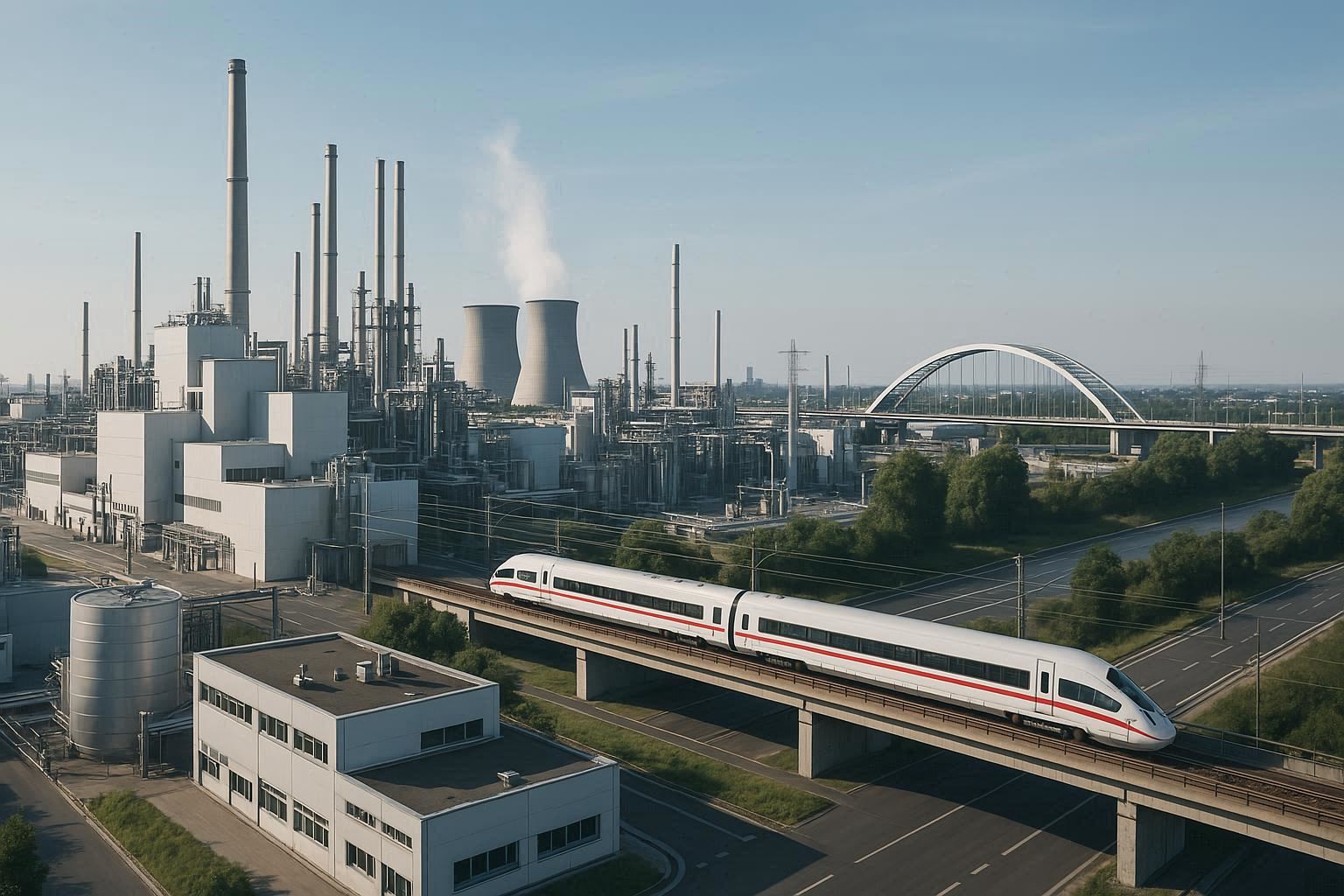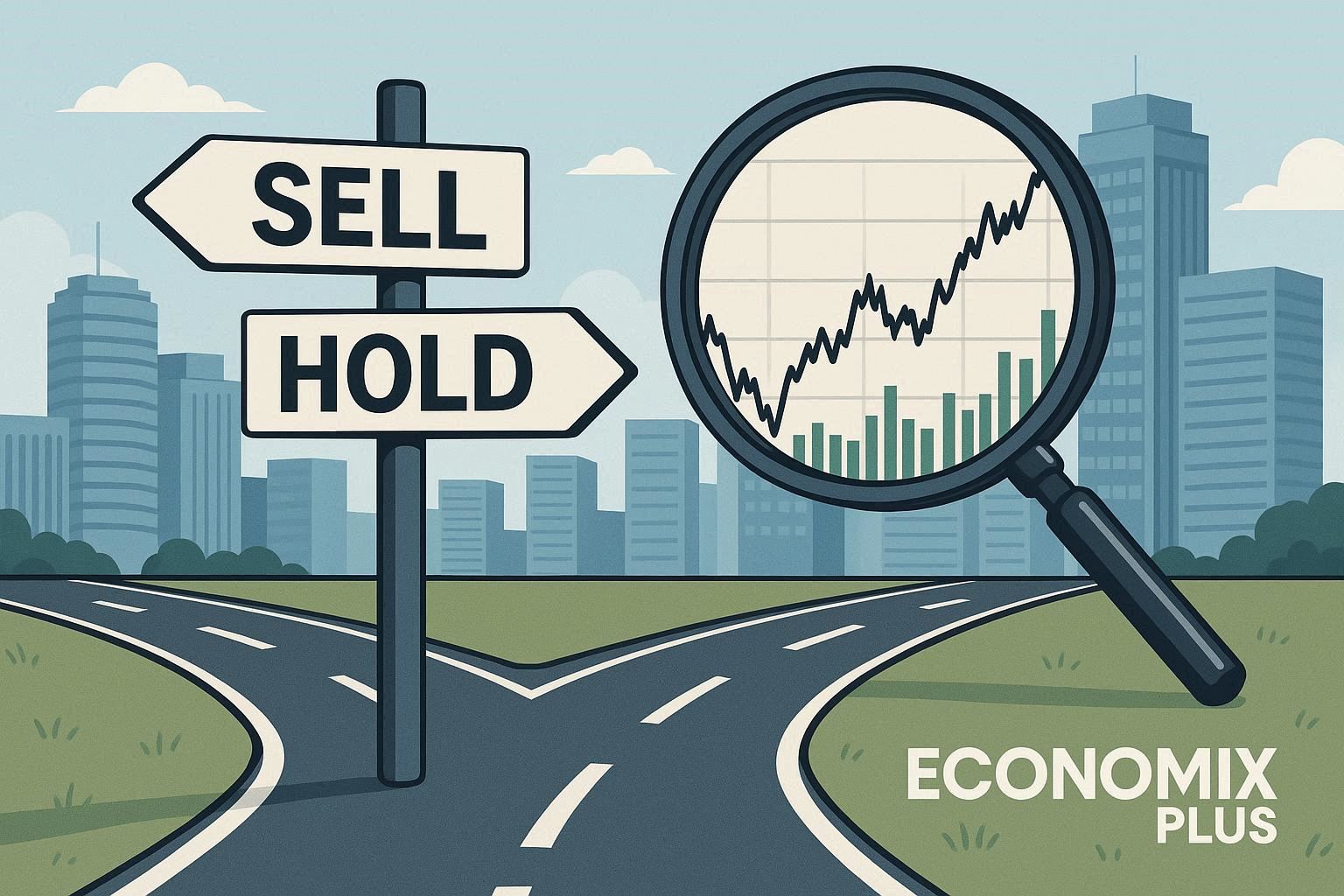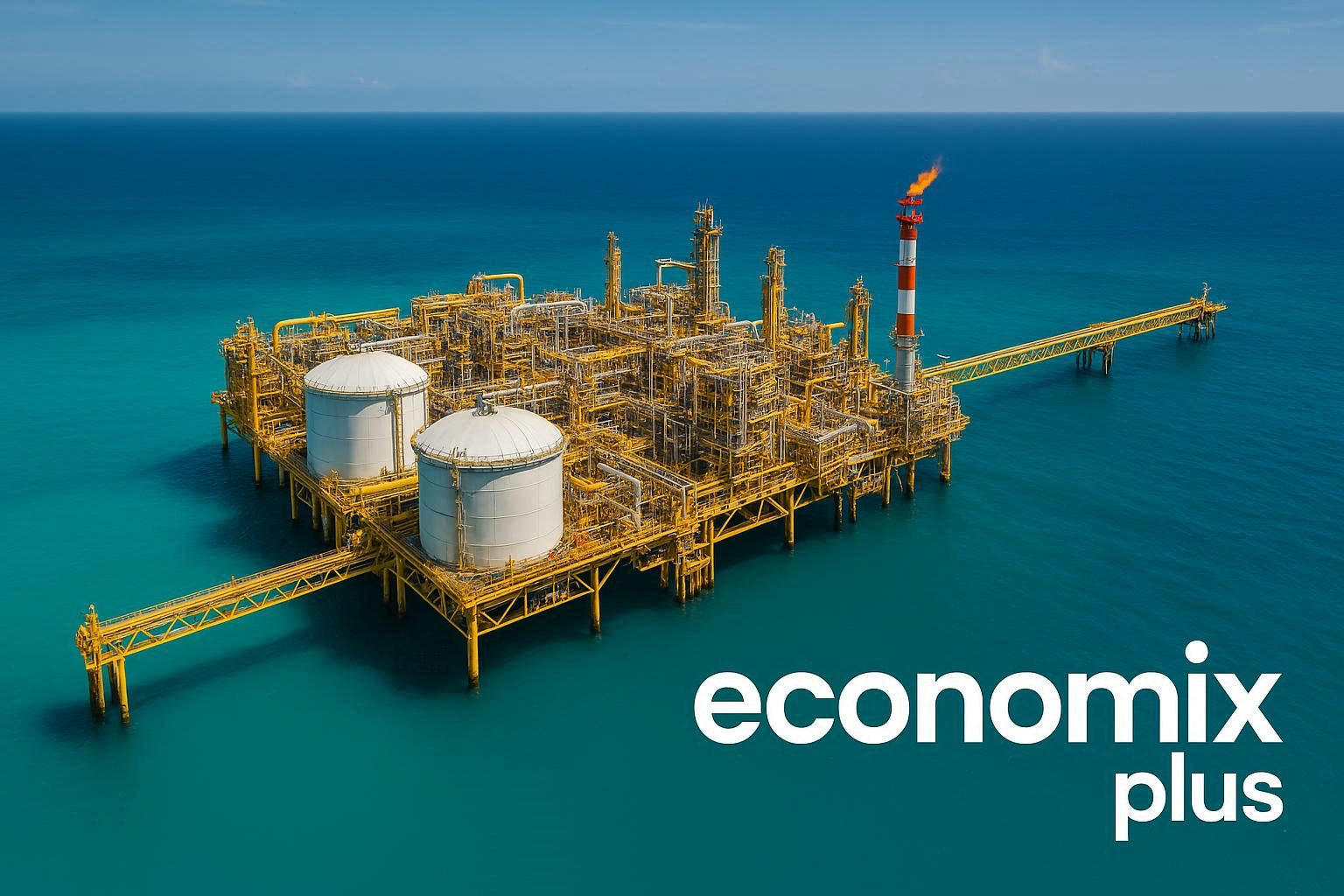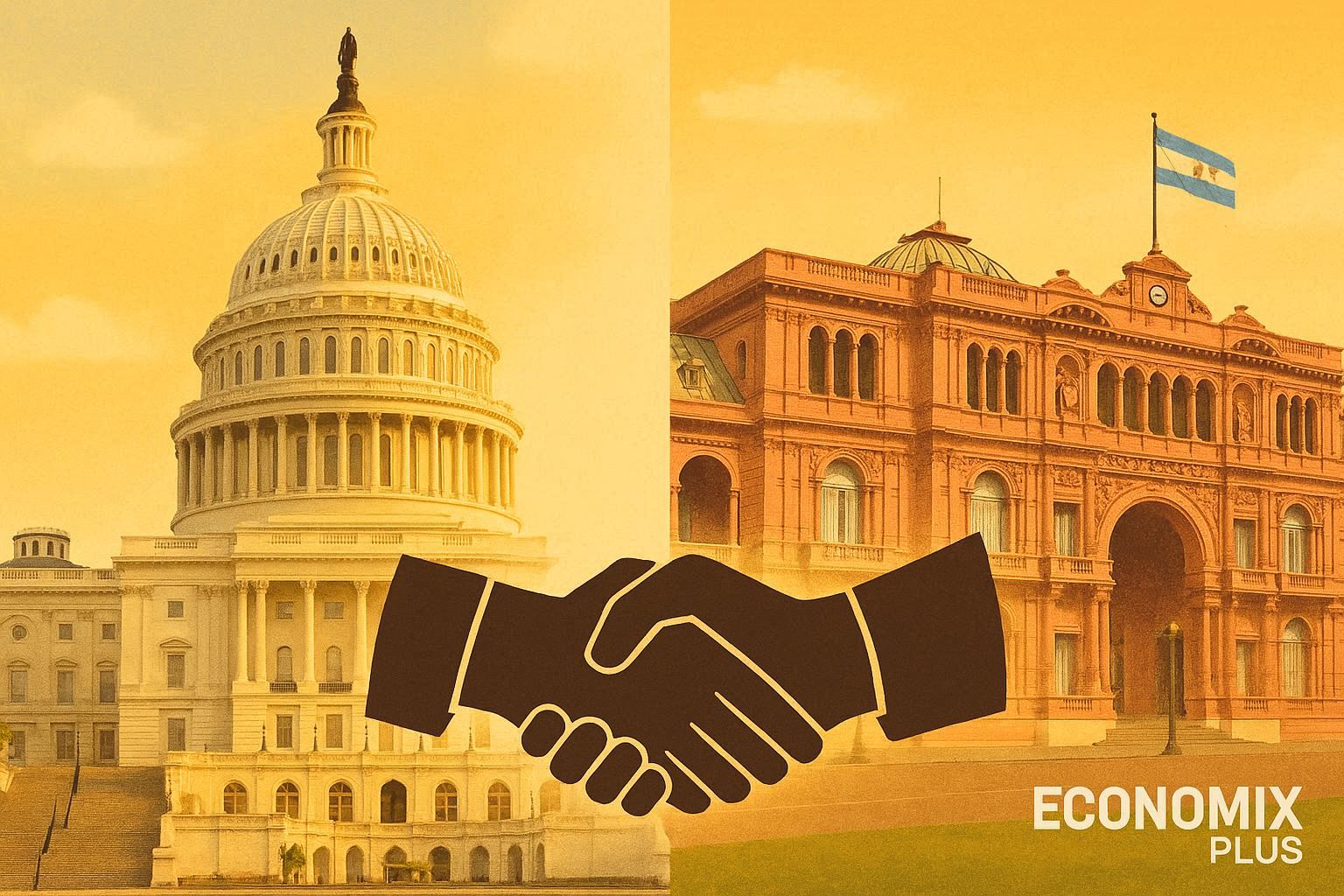The United States has witnessed a significant surge in inflation since 2021, profoundly impacting various sectors, including the car market. As a result, consumers are facing budgetary concerns, with the average vehicle repair costs increasing by 20.7% between 2022 and 2023.
This inflation has affected multiple facets of the automotive industry, from manufacturing costs and supply chains to financing options and consumer purchasing power, ultimately influencing prices in the car market.
Key Takeaways
- The automotive market has faced significant inflationary pressures since 2021.
- Inflation has impacted various aspects of the car market, including manufacturing costs and consumer purchasing power.
- The average vehicle repair costs have increased substantially.
- Understanding these inflation effects is crucial for consumers navigating car purchases.
- The auto industry has seen a rise in car insurance rates and fuel prices.
The Current State of Inflation in the US Auto Industry
The current state of inflation in the US auto industry is a pressing issue. Car prices rose dramatically in 2022 due to global supply chain issues, with a persistent chip shortage holding up production.
Key Inflation Statistics in the Automotive Sector
The automotive sector has seen significant inflationary pressures. According to Ryan Brinkman, Lead Automotive Equity Research Analyst at J.P. Morgan, “half of the increase in new vehicle prices relates to the passing along of higher input costs.” This indicates that inflationary input costs are a major driver of price increases in the industry.
Factors Driving Automotive Inflation
Multiple factors have contributed to automotive inflation, primarily driven by supply chain disruptions since the pandemic began. Key factors include:
- The global semiconductor shortage limiting vehicle production capacity.
- Rising raw material costs for steel, aluminum, and rubber.
- Labor shortages and increased wage demands throughout the supply chain.
- Transportation and logistics challenges, including port congestion.
These factors have created a supply-demand imbalance, pushing prices upward and affecting the overall market.
What are the Effects of Inflation on the Car Market
The effects of inflation on the car market are multifaceted, influencing various aspects of the industry. Inflation has led to significant changes in the way cars are priced, sold, and purchased.
Impact on New Vehicle Pricing
The shortage of new cars has driven up prices, with inflationary pressures contributing to the increase. As a result, consumers are facing higher costs when purchasing new vehicles.
Changes in Used Car Valuations
Used car prices have surged due to the shortage of new cars, with prices remaining around 30% above pre-pandemic levels. The feedback loop between new and used vehicle prices has contributed to this trend.
Effects on Vehicle Inventory and Availability
Vehicle inventory levels have reached historic lows across both new and used markets, creating a scarcity that further drives inflationary pricing. Some key effects include:
- Minimal inventory on dealer lots, changing the car-buying experience for consumers.
- Extended waiting periods for new vehicle orders, with some popular models requiring months of lead time.
- Reduced consumer choice and bargaining power, allowing dealers to maintain higher prices.
- Regional inventory disparities, with some markets experiencing more severe shortages than others.
The reduced flow of new vehicles into the market has created downstream effects on used car availability, as fewer trade-ins enter the system.
How Inflation Has Transformed Auto Financing
The impact of inflation on auto financing has been profound, affecting loan terms and interest rates. As inflation rises, lenders adjust their strategies to mitigate risks associated with lending.
Rising Interest Rates for Car Loans
With inflation on the rise, interest rates for car loans have increased, making it more expensive for consumers to finance their vehicle purchases. According to Brinkman, a 100 bp rise in interest rates translates into an approximately $20 increase in monthly cost for the average $45,000, 72-month loan.
Changes in Loan Terms and Monthly Payments
To manage higher costs, buyers are opting for longer loan terms, such as 72-month and 84-month financing. This shift has led to record levels of monthly payments, with new vehicle payments exceeding $700 in many cases. The financial burden of auto loans now consumes a larger percentage of household income than at any time in recent history.
- Average monthly payments for new vehicles were $729 in the second quarter of 2023.
- Lenders have adjusted their loan structures and qualification criteria in response to inflation.
- The gap between new and used vehicle monthly payments has narrowed.
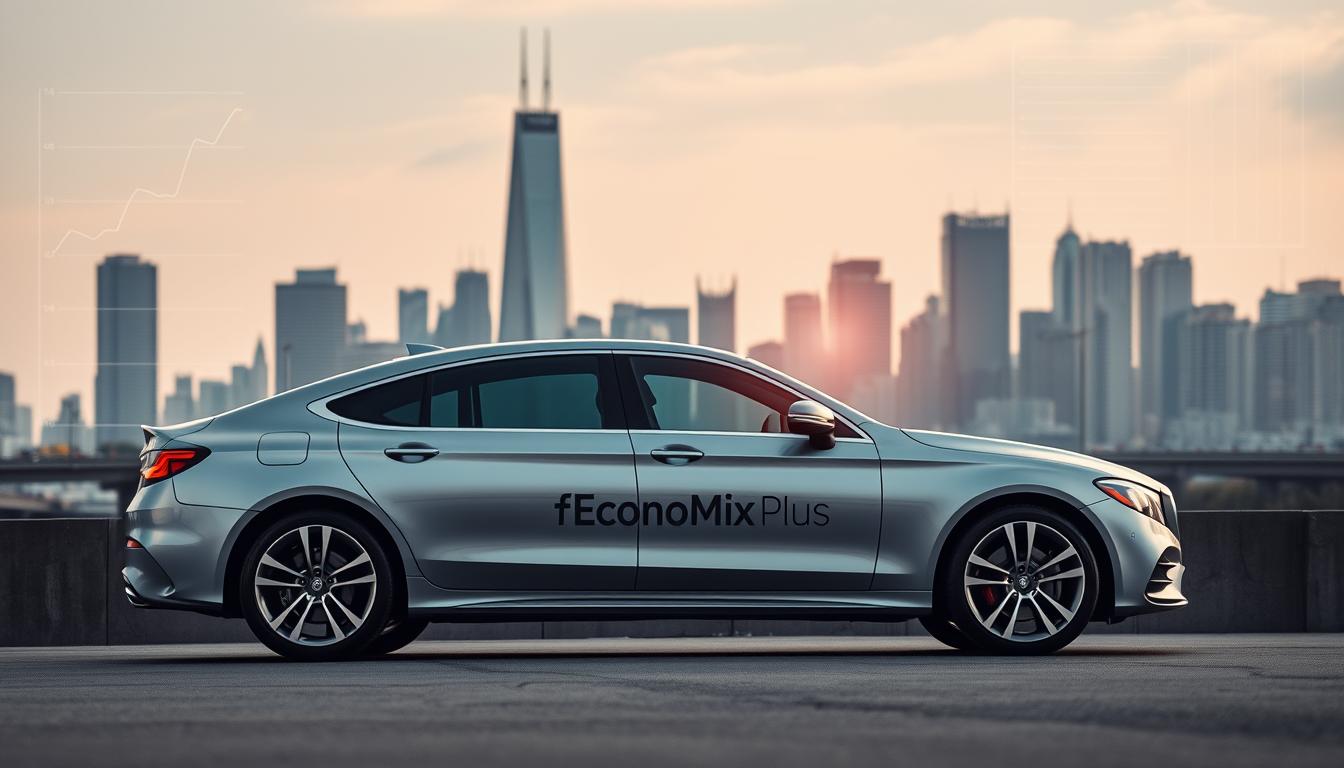
As drivers and buyers navigate this new landscape, they face not only higher costs but also changing financial landscapes that impact their purchasing decisions over time.
Supply Chain Disruptions and Their Inflationary Impact
Supply chain issues significantly impacted the automotive industry, leading to inflationary pressures. The effects were far-reaching, influencing various aspects of vehicle production and pricing.
Pandemic-Related Production Challenges
The COVID-19 pandemic brought about unprecedented production challenges for the automotive industry. Lockdowns, social distancing measures, and workforce disruptions led to a significant slowdown in manufacturing. As a result, the production of vehicles was severely hampered, contributing to a shortage in supply and a subsequent rise in prices.
Parts Shortages and Manufacturing Delays
Parts shortages, particularly the semiconductor shortage, played a crucial role in disrupting automotive manufacturing. The shortage led to manufacturing delays, creating a backlog of orders that took months to clear. This not only increased production costs but also resulted in higher prices for consumers. The impact was further exacerbated by just-in-time inventory systems, which left manufacturers vulnerable to supply chain disruptions.
| Impact | Cause | Effect |
|---|---|---|
| Production Delays | Parts Shortages | Backlog of Orders |
| Increased Costs | Supply Chain Disruptions | Higher Vehicle Prices |
| Manufacturing Slowdown | Lockdowns and Workforce Disruptions | Reduced Supply |

Increased Costs of Vehicle Ownership
Rising inflation has resulted in higher expenses for vehicle owners across several categories. The costs associated with owning and maintaining a vehicle have increased, affecting drivers in various ways.
Rising Repair and Maintenance Expenses
As inflation drives up the cost of parts and labor, repair and maintenance expenses have become a significant burden for vehicle owners. The rising costs of materials and workforce have led to increased prices for services and parts.
Higher Insurance Premiums
Vehicle insurance premiums have also seen a considerable rise due to inflation. Insurers face higher costs for claims and operational expenses, passing these costs on to consumers through higher premiums.
Fuel Price Fluctuations
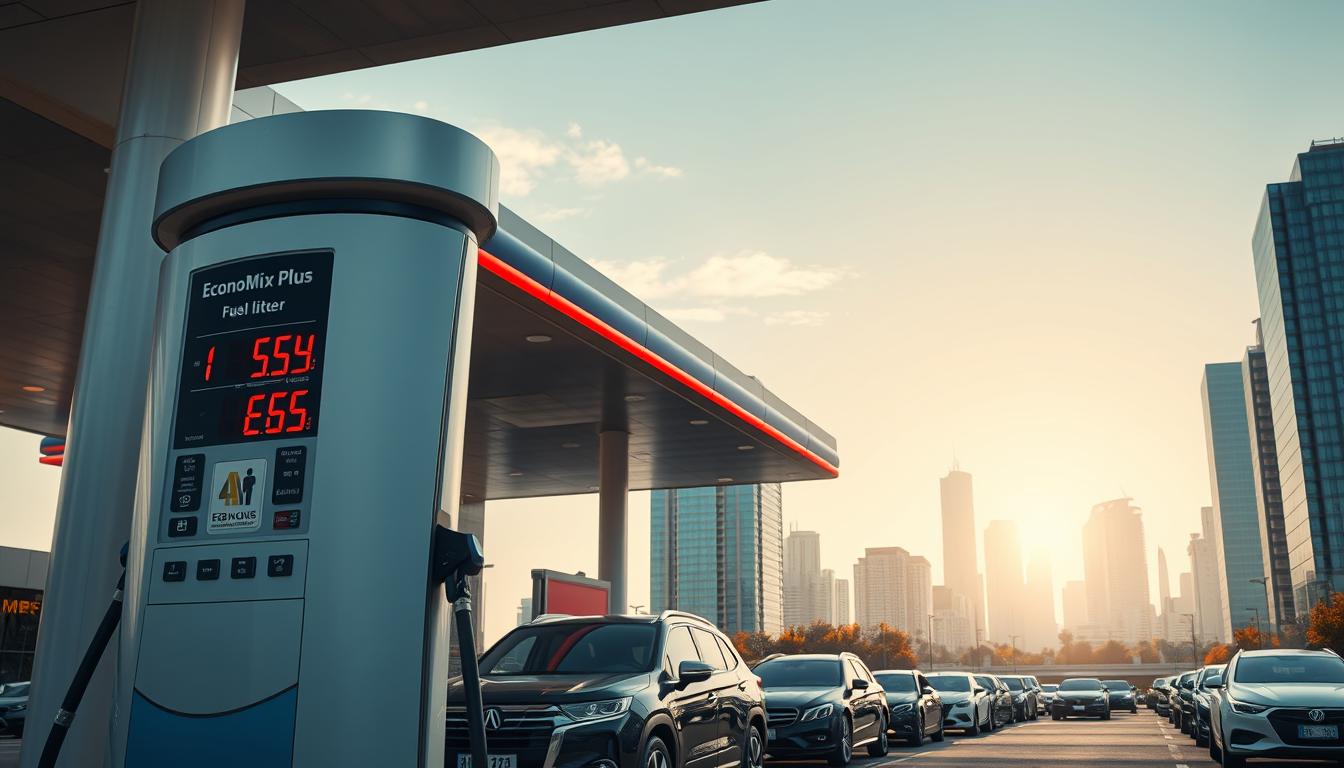
- Fuel price volatility has added uncertainty to vehicle ownership costs.
- Regional variations in fuel pricing have created uneven cost burdens.
- The trend is expected to continue, with potential decreases in fuel costs.
The impact of these fluctuations is felt across the automotive landscape, influencing consumer behavior and purchasing decisions.
Consumer Behavior Shifts in Response to Automotive Inflation
The rising costs associated with vehicle ownership have led to a significant shift in consumer behavior within the car market. As inflation continues to affect the automotive industry, consumers are adapting their purchasing decisions and ownership strategies.
Changes in Car Buying Patterns
Consumers are altering their car buying patterns in response to the high prices and limited selection in the market. According to Cox Automotive, used car sales are expected to decline by a further 1% in 2023 due to high prices and declining demand. This shift is driven by consumers who are now more cautious in their purchasing decisions, often delaying or forgoing new vehicle purchases.
Extended Vehicle Ownership Periods
Vehicle ownership periods have extended significantly, with the average age of vehicles on American roads reaching record levels. Consumers are investing more in maintenance and repairs rather than opting for new vehicles, despite the rising service costs. This trend has downstream effects on the used car market, reducing trade-ins and pressuring prices.
| Trend | Impact | Industry Response |
|---|---|---|
| Extended Vehicle Ownership | Reduced trade-ins, pressured prices | Emphasis on durability and longevity |
| Increased Maintenance | Rising service costs | Growth in aftermarket parts and services |
| Shift in Car Buying Patterns | Decline in used car sales | Adaptation in marketing strategies |
Conclusion: Future Outlook for Car Prices and Inflation
With inflation rates projected to decrease, the auto industry’s pricing dynamics are likely to change. The Congressional Budget Office has forecasted a 2.1% yearly inflation rate for the coming year, suggesting a return to pre-pandemic levels.
The future outlook for car prices indicates a gradual moderation rather than a sharp correction. Used car prices are expected to normalize faster than new vehicle prices, potentially declining by 10-15% from peak levels. In contrast, new car prices will likely stabilize but remain elevated due to manufacturers’ reluctance to revert to pre-inflation pricing strategies.
Interest rates will continue to play a crucial role in vehicle affordability. Potential rate decreases could offer relief to buyers. Improvements in supply chains and increased production capacity should ease inventory constraints, reducing inflationary pressures. As consumers adapt to higher price points, a “new normal” emerges, potentially sustaining elevated pricing even as other inflationary factors subside.
The auto market will likely experience structural changes, including altered buying cycles and financing approaches. Consumers should prepare for a market where vehicle affordability remains challenged, even as headline inflation numbers improve.
